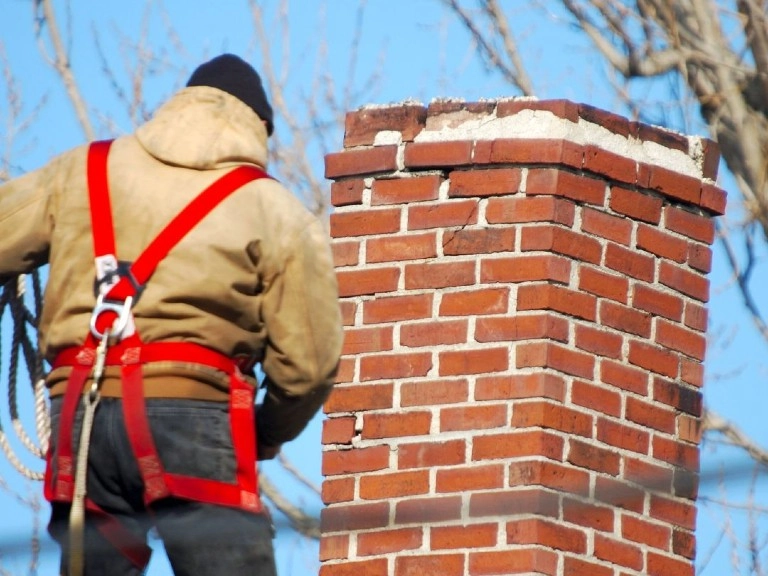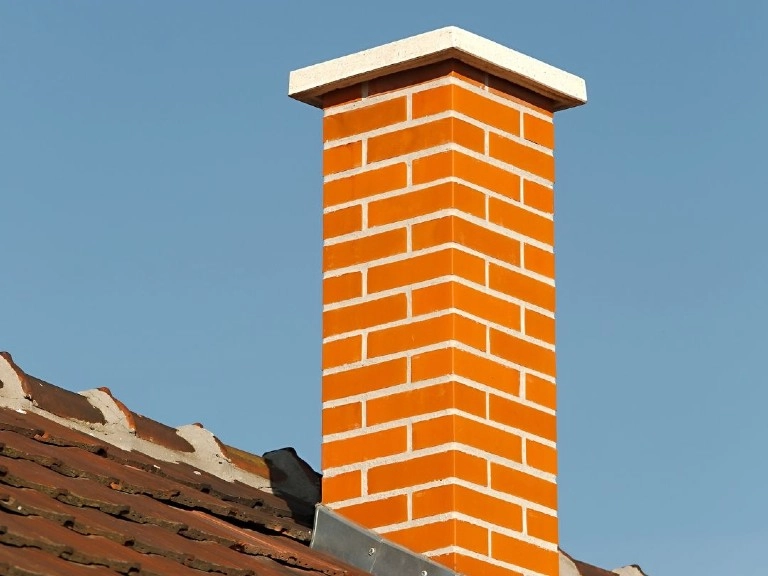Professional Chimney Inspection
Book Trusted Chimney Inspection Services in Boston, MA
Keep your home safe and your fireplace efficient with expert chimney inspection services from Patriots Paving & Masonry Inc. Whether you’re buying a home, preparing for winter, or simply staying on top of maintenance, our certified chimney inspectors provide thorough evaluations to ensure your system is functioning properly.
Certified Chimney Inspection Experts You Can Trust
At Patriots Paving & Masonry Inc., we specialize in chimney inspection and cleaning that follow National Fire Protection Association (NFPA) standards. Our experienced team inspects everything from the chimney flue to the fireplace structure to ensure your system is safe and up to code.
- Level 1, Level 2, and Level 3 chimney safety inspections
- Comprehensive fireplace inspection services
- Chimney flue inspection for damage, buildup, or blockages
- Identification of fire hazards and structural issues
- Digital reports with detailed findings and recommendations
Neglecting regular chimney inspections can lead to fire hazards, carbon monoxide leaks, and costly repairs down the line. A routine fireplace inspection can help identify issues early and protect your family from danger. We help homeowners throughout Boston stay safe, warm, and compliant year-round.
Benefits of Professional Chimney Inspections
Keeping your chimney well-maintained offers several key advantages:
- Reduces the risk of chimney fires and carbon monoxide leaks
- Identifies structural issues early to prevent costly repairs
- Improves fireplace efficiency and ventilation
- Ensures compliance with safety standards and regulations
With our expert chimney inspection services, you can enjoy peace of mind knowing your home is protected from unexpected chimney-related issues.
GET a FREE CONSULTATION
Comprehensive Chimney Inspection Solutions Tailored to Your Needs
We offer a full range of chimney inspection services to keep your chimney in top condition:
1. Chimney Inspection
For regular maintenance, we inspect the accessible parts of your chimney, checking for blockages, buildup, and basic structural integrity to ensure safe operation.
2. Chimney Liner Inspection
A damaged or deteriorating chimney liner can pose serious safety risks. We check for cracks, blockages, and wear to ensure proper venting and prevent fire hazards.
3. Fireplace Inspection
We inspect your fireplace components — including the damper, firebox, and flue — to ensure everything functions properly, enhancing safety and performance.
4. Chimney Cap and Crown Inspection
Protect your chimney from water damage and debris buildup with our cap and crown inspections. We check for cracks, leaks, and proper sealing to extend the life of your chimney.
Your Trusted Partner for Chimney Inspections
At Patriots Paving & Masonry Inc., we understand the importance of a safe, well-maintained chimney. Our experienced certified chimney inspectors are dedicated to providing top-quality chimney inspection services that keep your home safe and your fireplace running smoothly.


Serving Boston with Reliable Chimney Services
Our chimney inspection services are available throughout Boston and surrounding areas. As a local, family-owned business, we’re proud to deliver honest assessments and reliable service. From chimney inspection and cleaning to full chimney restoration, we’ve got you covered.
Schedule Your Chimney Safety Inspection Today
Don’t wait for a chimney issue to become a safety hazard. Call Patriots Paving & Masonry Inc. today to schedule a certified chimney inspection in Boston, MA. Our experts are ready to ensure your chimney and fireplace are clean, safe, and fully operational.
📞 Call now or request a free estimate!
